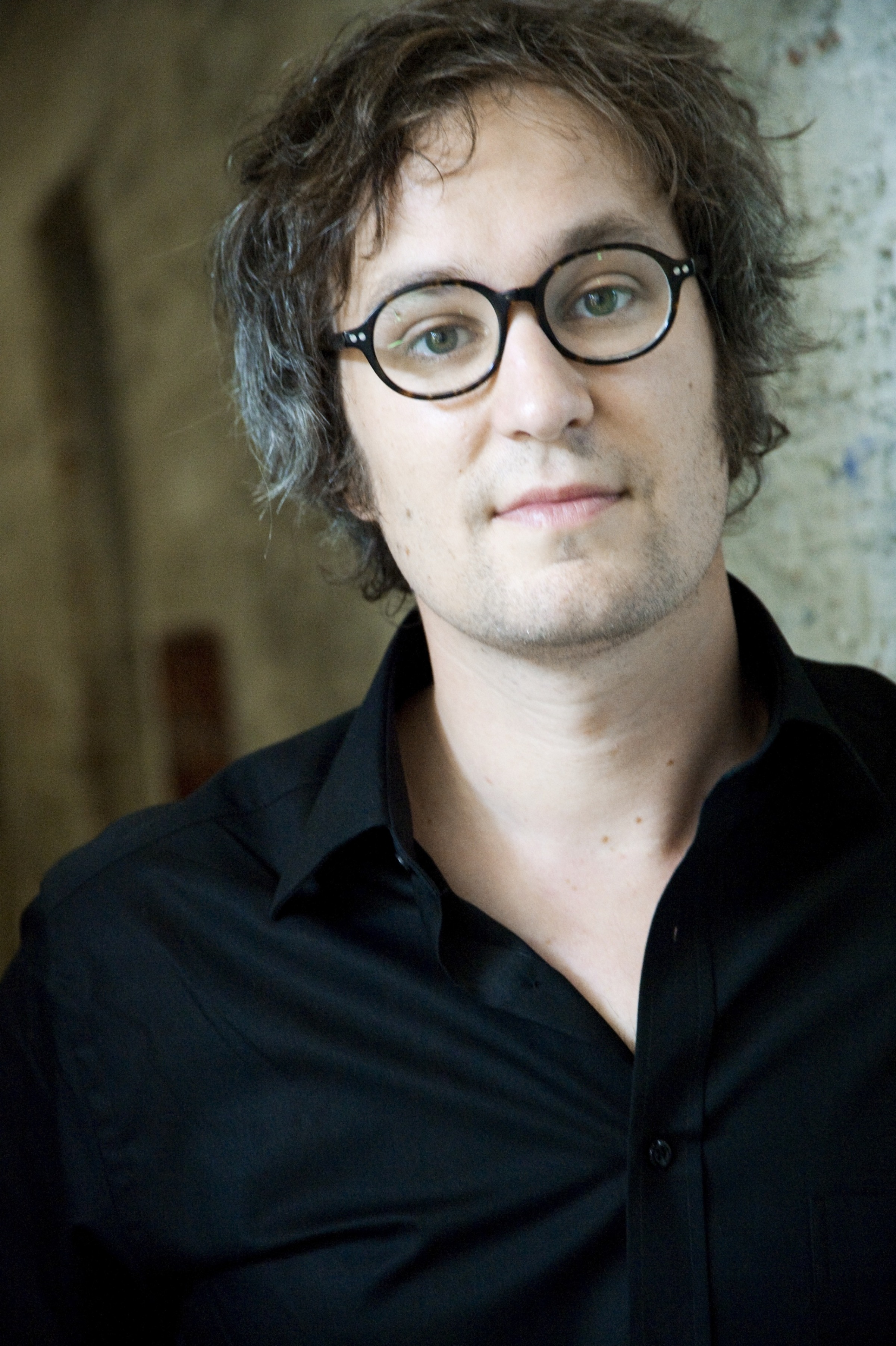This post, next in our series of posts profiling June in Buffalo
faculty composers, introduces the work of Jeffrey Mumford. Currently Distinguished
Professor in the Division of Arts and Humanities at Lorain Community College,
Mumford has accumulated an exceptional list of accolades, such as grants and
awards from the Guggenheim
Foundation, American Music Center
(now part of New Music USA), Ohio
Arts Council, ASCAP Foundation, Meet the Composer, American Academy of Arts
& Letters, Fromm Music Foundation, Amphion Foundation, and McKim Fund
(Library of Congress), and performances by orchestras such as the National Symphony
Orchestra, Minnesota Orchestra, Atlanta Symphony Orchestra, Cleveland Orchestra, Saint Paul Chamber Orchestra, Cincinnati Symphony Orchestra and American
Composers Orchestra. This year’s June in Buffalo festival will feature
performances of three works by Mumford: a
garden of flourishing paths (2008)
for mixed quintet, the promise of the far horizon (2002)
for string quartet, and verdant and shimmering air: four views of a reflected forest (2007) for orchestra. The composer will also give
lecture on his music and give masterclasses to participant composers.
A garden of flourishing paths, striking in its approaches to
harmony and texture, offers a compelling introduction to his music; a recording
of the work is available here. While the work’s pitch language
recalls numerous high modernist characteristics—its emphasis on tonally
dissonant intervals, wide leaps, and pitch collections not reducible to a
single diatonic scale—it subtly references tonal idioms, and cultivates a
remarkable tension between modernist atonality and historical tonality. In the
midst of the music’s overall chromatic flux, diatonic collections come subtly
into focus, pulling pitches into their gravitational field, and establishing
local islands of stability, as in the alternating B minor and G minor orientations
of the work’s second movement. This activates a fascinating ambiguity in
pitches’ functions: sometimes pitches are caught up into tonal hierarchies of scale,
chord, and pitch center, and sometimes pitches are simply a singular, unrepeatable
event accorded no more or less weight than surrounding pitches. Mumford pulls
off this difficult balancing act with astonishing finesse. It would be easy for
the tonal connotations to submerge into the dense detail, and, conversely, it
would be even easier for tonal gravity to emerge as something of a “bully,” altogether
wiping out the functional weight of non-diatonic pitches. However, the composer
does not succumb to either pitfall: the tonal connotations are clear but not heavy
handed. In other words, the piece’s engagement with tonality does not simplify
or conventionalize its pitch language, but rather increases its dimensionality,
as tonality enters into dialogue with other modes of listening.
In its
approach to texture, the work achieves a similarly sophisticated dialogue
between modernism and historical Western art music. In the first movement of a
garden of flourishing paths, the music straddles the boundary between
Darmstadt-school style pointillism and traditional counterpoint. The rapid succession
of notes discontinuous in register and timbre recalls the former, while each
instrument’s occasional coalescence into continuous, rhythmically regular
sequences of pitches recalls the latter. As with the music’s approach to pitch,
this dialectic asks listeners to negotiate between incompatible modes of
listening: there is never a definitively “correct,” objective standpoint from
which to listen. Dialectical oppositions pointillism/counterpoint, tonality/atonality,
and, perhaps additionally, melodic figure/physical energy create a rich
interplay of surface and depth, of expectation and realization in this texture.
Perhaps this multi-dimensionality embodies the “flourishing paths” of the
work’s title.
To learn
more about Jeffrey Mumford’s work, check out his website (with
numerous recordings in the “Works and First Performances” section), read interviews with him, and check out his
recent talk about diversity and inclusion in
new music.








